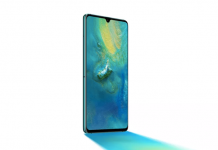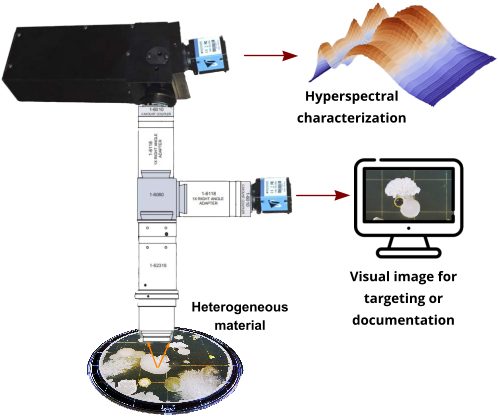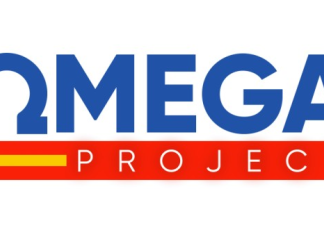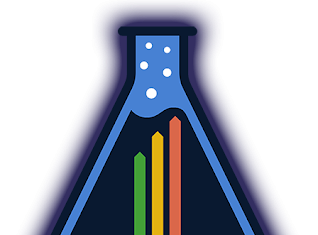A newly launched spectrometer is now available for pond and lake management professionals, scientists, and other field work agents. It’s the ideal tool for clearly detecting blue-green algae on water.
So if you want to protect your fish and local wildlife from toxic algae and micro-plastics, LightForm is the company to call. Their PARISS system can be customized to suit the needs of any project.
PARISS is a spatially resolved imaging spectrograph, which can be used to detect and identify objects like micro plastics or toxic algae on pond water.
More information can be found at: https://lightforminc.com/products/imaging-spectrometer/
Cyanobacteria is a type of algae that commonly forms on ponds and lakes. It can be directly toxic to fish and wildlife, and tools that detect its presence offer a powerful solution for water management professionals.
The newly launched spectrometer allows point-to-point spectral imaging at higher levels of accuracy than other options on the market. This has led to PARISS being utilized in a range of fields, including medicine and solar energy research.
Alongside the launch of the imaging device itself, LightForm has announced the release of its own custom software. This allows you to operate the spectrometer in the most efficient way. The software provides full control over the operating parameters of the spectral camera, and provides a range of other functions for field and laboratory use.
The PARISS imaging spectrophotometer records the spectra of objects imaged onto the entrance slit of the spectrometer. As these pass through the field of view, they are captured by a camera that is used as the spectral detector.
You can use a “C” mount adapter to interface with the video port of a microscope or telescope, or a bench or a tripod can also be used to secure the device.
LightForm states: “The spectrometer acquires hundreds of spatially resolved spectra simultaneously, then custom software sorts the spectra into classes. The imaging spectrophotometer works with all classical analytical spectroscopy methods over the spectral range from 365 to 1000-nm. There is no need for order sorting filters for a spectral range of greater than an octave, because a prism refracts rather than diffracts.”
The company explains that the imaging spectrophotometer is also available in a modular format. This can be customized as needed, and is suited to a wide variety of use cases. All systems are custom configured to meet the needs of an application.
Full details can be found at: https://lightforminc.com/products/imaging-spectrometer/
























